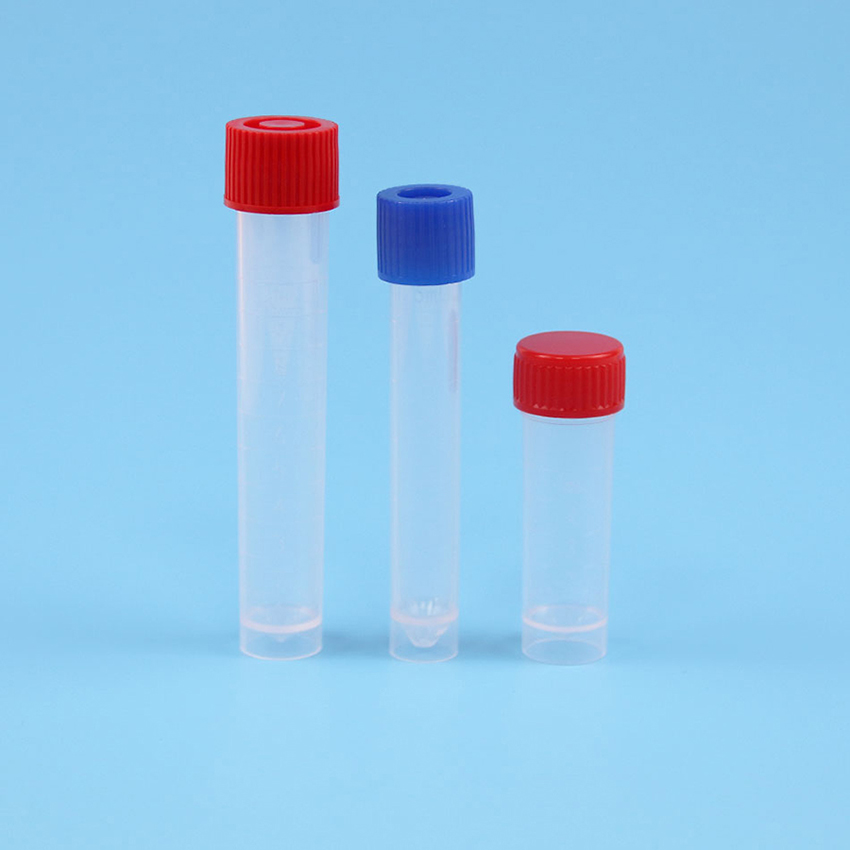Medical data that has been emptied brings greater cost of treatment

The multinational giant of only one medical device monitors the condition of 275 million patients every year. However, these international suppliers face different big data environments in China. A Philips executive has recently revealed that there are 290 million cardiovascular patients in China, but more than 95% of medical information has not been applied. These big data that have been emptied bring greater cost of treatment and family burden.
In the main hospitals of the American College of Cardiology, whether it is cardiac catheterization or general cardiovascular disease diagnosis and treatment, the medical information generated is integrated into the national database. In doing so, not only can we develop many clinical diagnosis and treatment applications, but also carry out many related scientific research work. There are so many patients with cardiovascular diseases in China, and the pure medical data of “de-privatization†can be described as a natural quantity. The benefits of using data effectively can not only help themselves but also benefit patients. In terms of medical data network sharing, we can do more than developed countries, but now there is no channel.
The isolated island of information is a big problem for big data interconnection between medical institutions. In fact, bigger big data is far more than a hospital. Health technology has already flown into the homes of ordinary people, from more and more smart phones, smart bracelets and wearable devices, to non-medical-grade home health electronics, including people in health, sub-health, and patients. All have their own data. These data reflect daily life, living habits, physiological changes, potential lesions, disease development, frequency of medication, rehabilitation, and other aspects, as well as medical clinical value.
However, these “folk data†are even more distributed in the collective. Even if they are uploaded, they are mostly used in social media, such as walking steps, running mileage, etc., which cannot be included in the standardized medical vision and perspective. Although there is no effective association between civilian and medical data, many people may have realized that health data has accumulated over time, including heart rate, pulse, blood pressure, weight, etc., and has the meaning of “early detection and early treatment†in disease prevention. In the opinion of medical big data experts, this is only the first half of the question.
The barriers to information between hospitals and families are not limited to “pre-hospitalityâ€, and a lot of effort is spent on “post-hospitalityâ€. In reality, when a patient is discharged from the hospital, his medical information collection and feedback are usually out of the hospital. The “post-hospital†physical recovery data seems to be collected and fed back only during the return visit. In fact, the efficiency of post-hospital follow-up may not be able to meet the requirements of medical big data. Real big data needs to be coherent in real time, not blocked by spatial changes, and the data link of many rehabilitation links can be extended from the hospital to the home. Countries with developed medical systems are also aging with ageing and chronic diseases. Many health monitors are carried out at home, allowing more people to participate in their own health management, so as not to occupy the globally scarce medical resources and significantly reduce recurrence and The rate of re-admission is about 40%.
Based on this experience, creating “standard barrier-free access†for big data in and out of the hospital can reduce the medical cost and economic burden by at least 20% and save more people from danger. Establishing an information integration system that connects the professional medical market with the mass consumer market, as well as its institutionalized arrangements and structured design, is a "small investment, big return" in the country.
The cryovial is made of medical polypropylene (PP) and is a disposable laboratory consumable specially used for storing biological samples. In the gaseous state of liquid nitrogen, it can withstand low temperature to
minus 187°C. The unique external rotation design avoids the possibility of cross-contamination. Silicone gasket inside the cap to avoid liquid leakage and ensure tightness even at cryogenic storage temperatures
The sealing property finally ensures the safety of the samples in the tube. Caps come with a variety of embeddable color codes for easy identification.

Cryopreservation Tube,Virus Transfer Culture Cryotube,Laboratory Bacteria Cryotube,Bacteria Storage Plastic Test Tube
Jiangsu HXRT MD Co.,Ltd , https://www.jshxrtmed.com